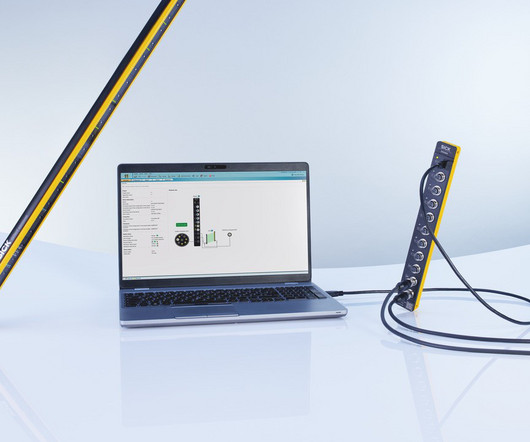What’s Holding Back Aluminum Recycling?
21st Century Tech
DECEMBER 28, 2024
Even proper sorting isn’t enough for the automotive and aviation industries that require more durable alloys combining aluminum with other materials. Another alloy, aluminum 3003 can be found in consumer goods and is used in chemical and food processing. Each requires a separate recycling process.












Let's personalize your content